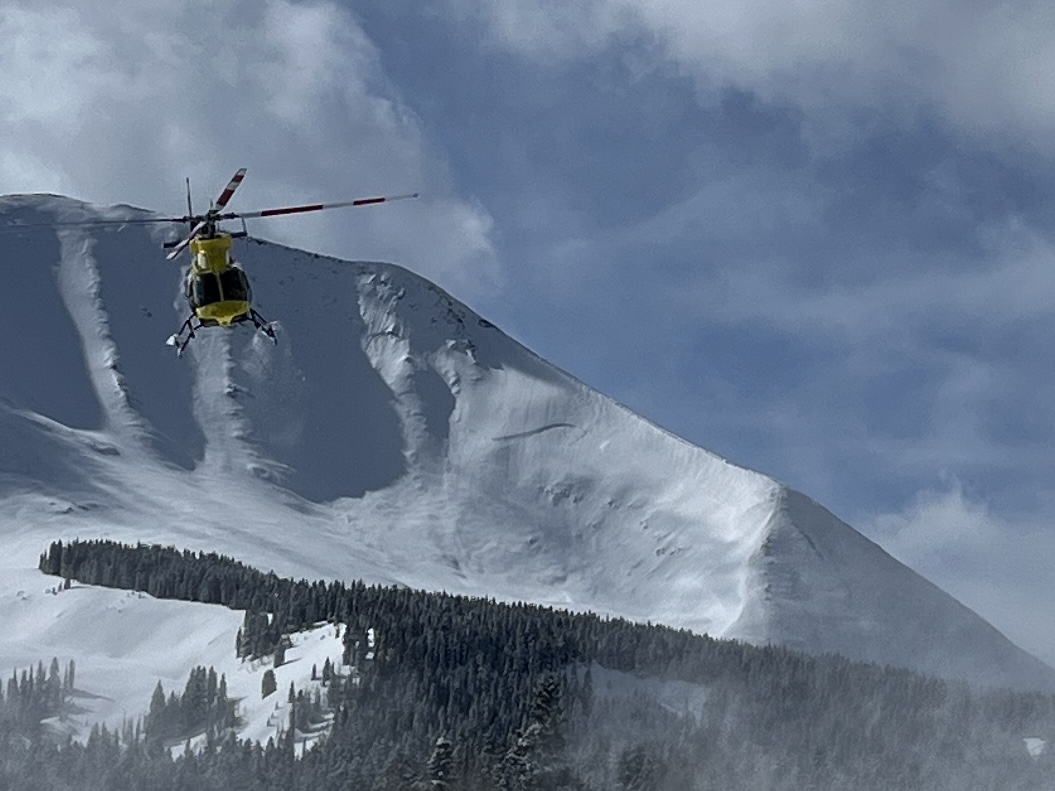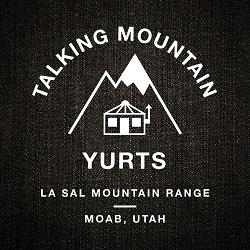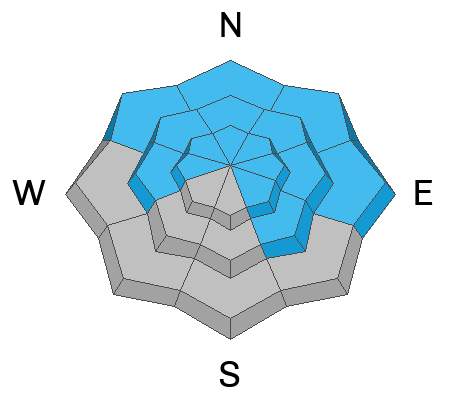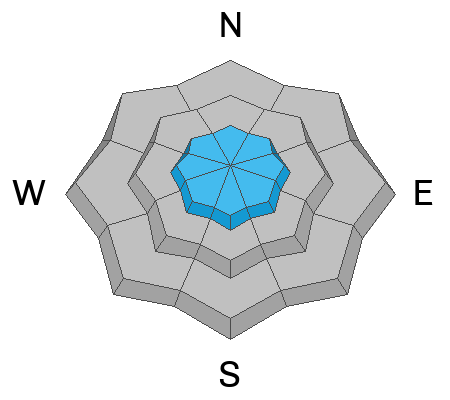Forecast for the Moab Area Mountains

Issued by Eric Trenbeath on
Monday morning, February 12, 2024
Monday morning, February 12, 2024
The avalanche danger remains CONSIDERABLE on steep slopes that face NW-N-NE-E near and above treeline. Although the odds are slowly decreasing, human triggered avalanches 3'-6' deep, failing on a buried persistent weak layer remain likely. Continue to avoid steep, northerly facing terrain.
A MODERATE danger exists on W and SE facing slopes, and on low elevation northerly aspects. In these areas, human triggered avalanches failing on a buried persistent weak layer are possible.
Most S and SW facing terrain has generally LOW danger with the exception of maybe some isolated, shallow fresh slabs of wind drifted snow above treeline. We may also see some rollerballs or pinwheels on sun exposed slopes today but they shouldn't pose much of a threat.
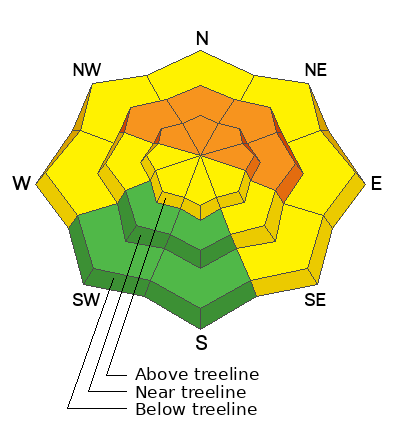
Low
Moderate
Considerable
High
Extreme
Learn how to read the forecast here



